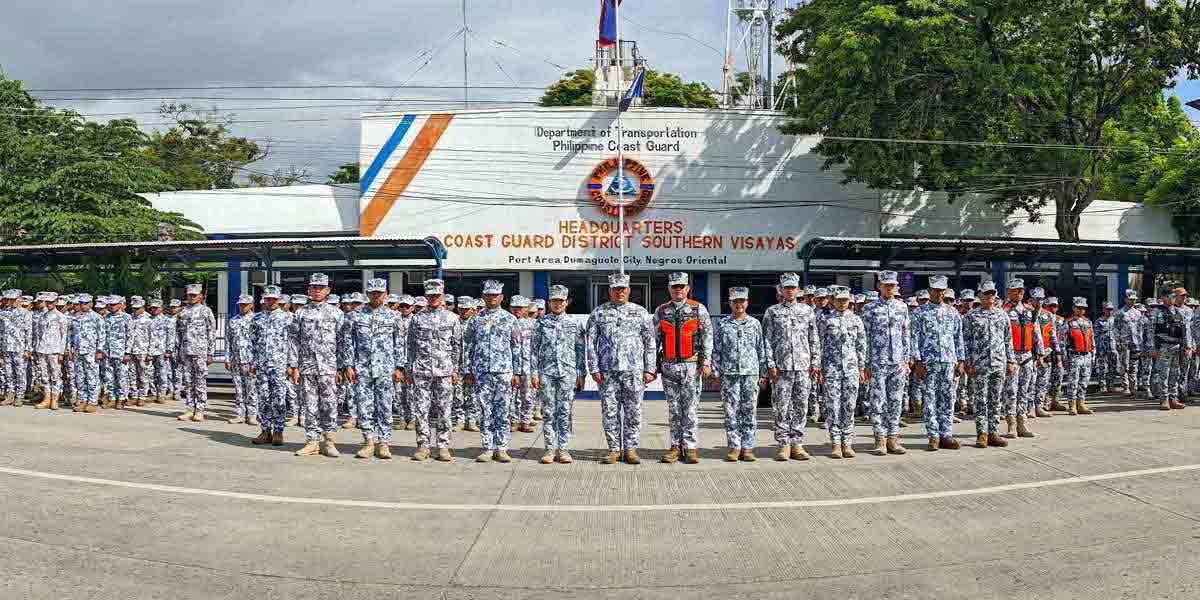
By Mariela Angella Oladive
Amid soaring temperatures, street workers such as vendors, trisikad drivers, and delivery personnel continue to brave the harsh weather to make a living in cities across the Philippines, including Iloilo City, which recorded a heat index of 44 degrees Celsius on April 30.
Efraim Alison, a 56-year-old trisikad driver on Debi Ledesma St. in Barangay Montinola, Jaro, has been navigating the streets from 6:30 a.m. to 7:00 p.m. for the past 24 years.
Despite his experience, Alison finds the current heat wave unbearable.
“It’s intense! If we had the money, we wouldn’t work in this kind of heat. But because we are so poor, we endure it with just umbrellas and sometimes hats,” Alison shared with Daily Guardian in the vernacular.
“Our daily earnings are significantly affected. Before, we could drive continuously, but now we need frequent breaks because sometimes the heat is just unbearable,” Alison added.
Raymart Lozada, a 35-year-old trisikad driver in the same area, noted that the extreme heat not only affects their health but also reduces their earnings.
“We’re out here every day. It wasn’t this hot before, but now it’s severe. Sometimes it causes headaches, so we need to take breaks. We used to earn at least 400 pesos a day, but now it’s down to 250 to 300 because there are no students,” Lozada explained also in Hiligaynon.
Ian Kent, another trisikad driver, emphasized the necessity of working despite the heat to provide for his family.
Meanwhile, Nolly Sumagaysay and Jassie Pullan, drivers from another barangay, reported that their earnings have halved due to fewer passengers traveling in the heat.
Pullan noted that their earnings are reduced by half because of few passengers traveling due to the heat. “People only go out if it’s important. We used to earn around 400 pesos, but now it’s about 200 pesos.”
Regarding health concerns, he mentioned that staying hydrated is their main defense against the heat. He added that when there are no passengers, they take shelter and rest to cool down.
The Department of Education (DepEd) announced on Sunday, April 28 that all public schools nationwide would implement asynchronous classes or distance learning the following days, April 29 and 30 due to the heat.
Prior to DepEd’s pronouncement, Iloilo City Mayor Jerry Treñas has already declared a suspension of face-to-face classes for all levels in both public and private schools in the city, except for private schools with air conditioning.
Elsie Panganiban, a 47-year-old buko juice vendor at Jaro Plaza, also observed a drop in sales due to the reduced foot traffic and closed schools.
“The heat is unavoidable now. Our sales have dropped because fewer people are out, and there are no students. We used to make about 3,000 pesos on a normal day, but now it’s hard to reach 1,500,” Panganiban said.
Arnold, a 24-year-old dirty ice cream vendor who roams the city from 10:00 a.m. to 5:00 p.m., also noted that the extreme heat has made it difficult to find customers.
Street vendor Richard, who sells fried chicken from 10:00 a.m. to 6:00 p.m., did not notice significant changes in his sales. Since he has been in the business for 20 years, he said he is already accustomed to the extreme weather.
Iloilo City saw its warmest day on April 27 at around 1:00 p.m. after the heat index hit 46°C – the highest recorded in the city since last year.
According to PAGASA, heat indices ranging from 42°C to 51°C are categorized at dangerous levels that pose significant risks in affected areas.
PAGASA describes the heat index as the perceived temperature by an individual, which can differ from the actual air temperature. This calculation factors out humidity and air temperature.
On Monday, April 29 during the 2nd PDRRMC meeting, the PAGASA issued a warning for persistently high temperatures expected to continue through May, with heat index values ranging from 40 to 44°C.
In response to the scorching heat, the Department of Health Western Visayas Center for Health Development issued an advisory encouraging the public to stay hydrated, wear light and loose clothing, and use protective gear.
As street workers face these extreme conditions, their resilience highlights the broader issue of workplace safety and the need for adequate support during severe weather conditions.





















